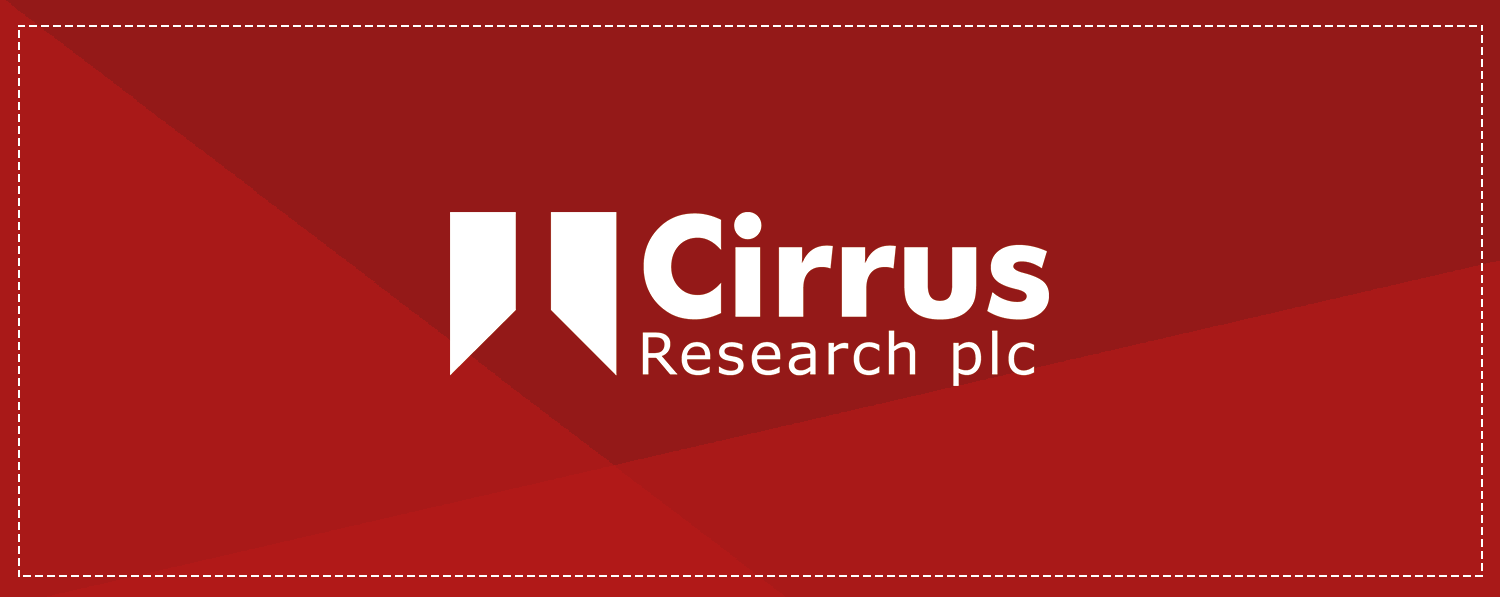Cirrus Research Plc, a leading international manufacturer of sound level meters, set up a sales and technical support unit for its noise measurement instruments in Caudeval (Aude) this summer. These sound level meters and dosimeters meet the needs of farmers in terms of monitoring noise pollution in the workplace. The European directive on noise 2003/10/EC, transposed into French law by decree no. 2006-892 of 19 July 2006*, is clear: it requires employers to control the physical risks of hearing damage by monitoring each employee’s noise exposure levels on an annual basis.
The high levels of noise in agriculture are as varied as they are unexpected; for example, a grain dryer produces a noise level of 90dB(A), the noise in poultry farms reaches 92dB(A), while the castration of piglets generates a noise level of 89 to 93dB(A). Full throttle tractors can reach noise levels of 105dB(A).
Cirrus Research has designed instruments to meet this directive and save time for non-experts. The 260 series sound level meters allow measurements to be taken in 3 simple steps. Calibrate the sound level meter, start the measurement, stop the measurement. At the end of the measurement, the screen displays all the values required for direct analysis, i.e. the average noise level (LAeq), the peak level (LCpeak) and the maximum and minimum instantaneous values reached (LMax and LMin). Transferred to a PC, the measurements are displayed using the supplied software (DeafDefier), which calculates and forecasts the noise dose (Lex) generated by a workstation, and then quickly prints out a personalised report.
To determine the best hearing protection to wear at a workstation, it is necessary to measure the different noise frequencies (octave bands). The 260 series of sound level meters includes this option on request, which is essential when noise exceeds the prevention level of 80dB(A).
When noise dose measurements are required on a medium or large scale, or when you want to know the exact noise dose over a full day including all possible movements of a worker, then the use of personal noise dosimeters is essential. Cirrus Research has developed the ‘doseBadge’, a system of very small, robust and lightweight dosimeters. It has no wires and can be worn as close to the ear as possible, on the shoulder or on a helmet, without impeding the wearer’s movements. These badges have a battery life of 24 hours and connect via infrared to a central reader that collects all the data measured. Once the data has been collected, the reader connects via USB to a computer which, equipped with dedicated dBLink software, can print out the measurement reports and make decisions following the analysis.
The entire Cirrus Research team in France is available to provide advice and information on solutions to noise problems in the agricultural sector. For further information, contact us at https://cirrusresearch.com/fr/contact/.
* The action levels stipulated in decree no. 2006-892 of 19 July 2006 are as follows:
Prevention Level :
– Lex greater than 80dBA
– Peak greater than 135dBC
The employer must inform workers of the risks of deafness and provide and advise on the wearing of suitable hearing protection.
Action level :
– Lex greater than 85dBA
– Peak greater than 137dBC
The employer must inform workers of the risks of deafness and provide and require them to wear suitable hearing protection.
Maximum limits :
– Lex greater than 87dBA
– Peak greater than 140dBC
The employer must take all necessary steps to ensure that this limit is not reached.



